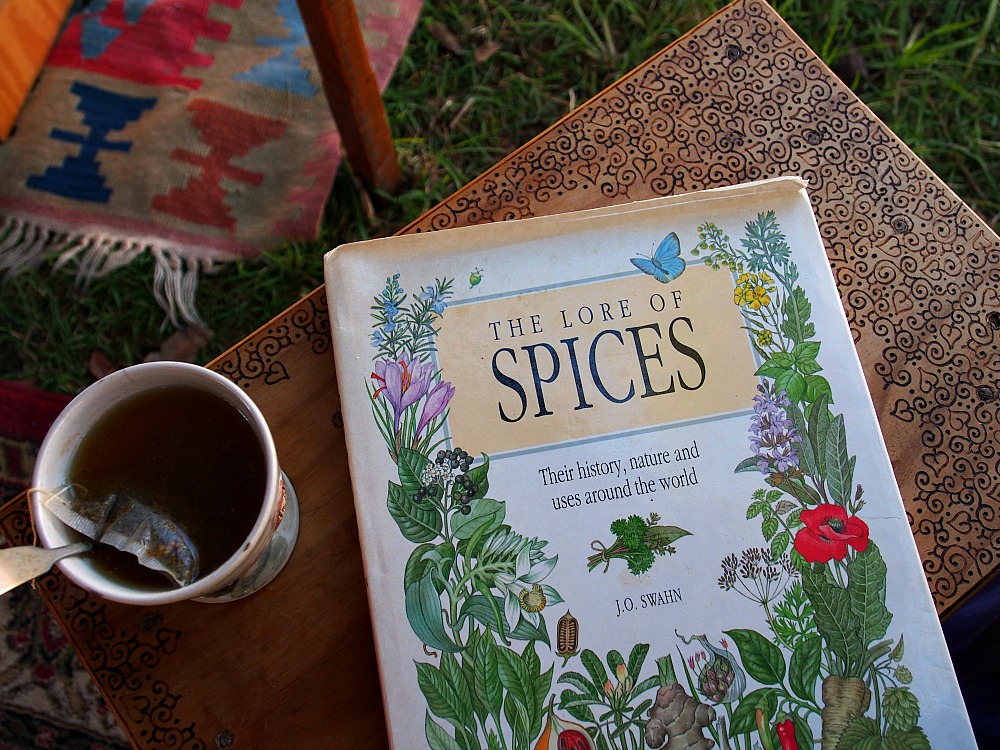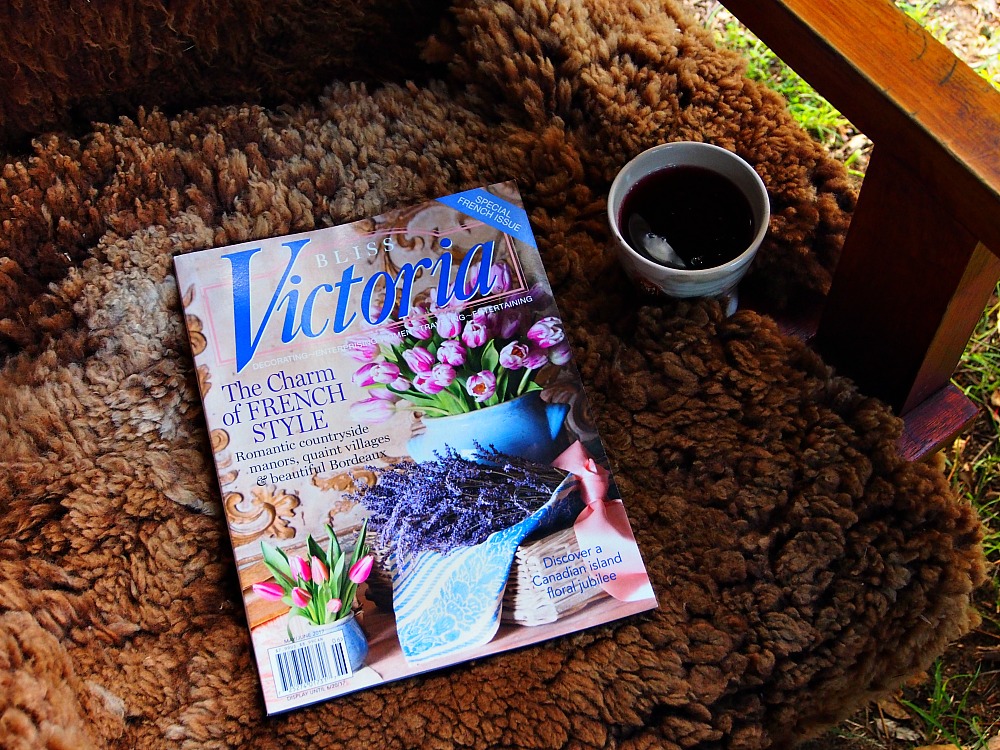Medieval camping is one of the great happinesses of my life. Building a little world of canvas tents and wooden furniture held together with dowels instead of nails, dishes of clay, wood, and silver, food made in traditional ways with smoke and fermentation, and the unique array of spices, vegetables, and fruits that were available during those days – I love it so much.
There’s something grounding about such a life where nearly everything is made by hand, and everything you touch is natural – wood, linen, cotton, wool, fur.
I love lighting candles and heating up water over the fire for dishes and laundry and making our 12th century bed with linen sheets, wool blankets, and a quilt modeled after a 10th century design. I like spreading hand-woven Bedouin rugs on the ground, smoking homemade cheeses, and sitting down at night with a pewter cup of homemade strawberry liqueur. Such rituals calm and settle me.
Such experiences do not come easy, however. It takes a massive amount of work to create a small medieval village for our group, Blackwolf. We erect three large tents with wooden tent poles, steel pegs, and hemp ropes, then fill them with beds, chairs, tables, shelving, storage boxes, rugs, lights, and all the bits and pieces needed for everyday life. Then we sent up two market tents where we demonstrate medieval processes for making linen, coffee, ale, medicine, and tribal food, and, last but not least, a covering for our campfire to keep us protected from sun and rain while we cook over the fire.
Phew. Needless to say, it would be easy to get run down if we weren’t careful. So we make sure to arrive early to events and pace ourselves with plenty of breaks in between pounding in pegs and putting furniture together.
I like to find a shady spot in our tent and settle into my comfy chair with my feet up on a stool, a blanket in my lap, and a good book and cup of tea. It’s so nice to sit quietly surrounded by medieval things with a book that takes me into the past and teaches me more about how things were. I always have so many questions: How did they harvest things? What did they use spices for? If they got a burn or arrow wound, what did they do? How did they store things so bugs and mice didn’t ruin them? So many questions.
Other times I step away from medieval life entirely, and lose myself in gorgeous images of France with its stunning castles, gardens, and restaurants. Europe holds so many precious memories for me, and looking at pictures of places that inspired me years ago renews those feelings of peace and utter joy. Sipping red wine at the same time is always a good idea, and does wonders for soothing muscles that are aching from shifting boxes and tent poles. With my soul restored and filled up to the brim with inspiration, I’m ready to get back to work.
Today I’m home again, emptying boxes of medieval gear and getting everything put back where it belongs. There are spices to pack away, cheesecloth to sterilize, mountains of laundry to wash, and so many dishes to dry and tuck away into boxes for next time. So I’m making sure to take breaks again – a leisurely breakfast, time in bed with the next chapter of a book, walking up to check on pigs and goats.
When you’re working on a big project, what do you like to do on breaks to refresh your spirits? xo



Yours is an amazing lifestyle, Krista. Thank you for sharing this.
Sounds like a very involved process but good to see that you take your time and pace yourself to get everything ready. When I am working on a big project I like to do something similar to you, lose myself in a book for a while.
Your medieval adventures sound magical and oh so very fun! I have put on my list to attend one, not sure where to start, but I figure there has to be one up my way I can visit and see if I get as much joy as you and Bear do. Hope your relaxing time is just that, relaxing. Love and light to you my friend. xo